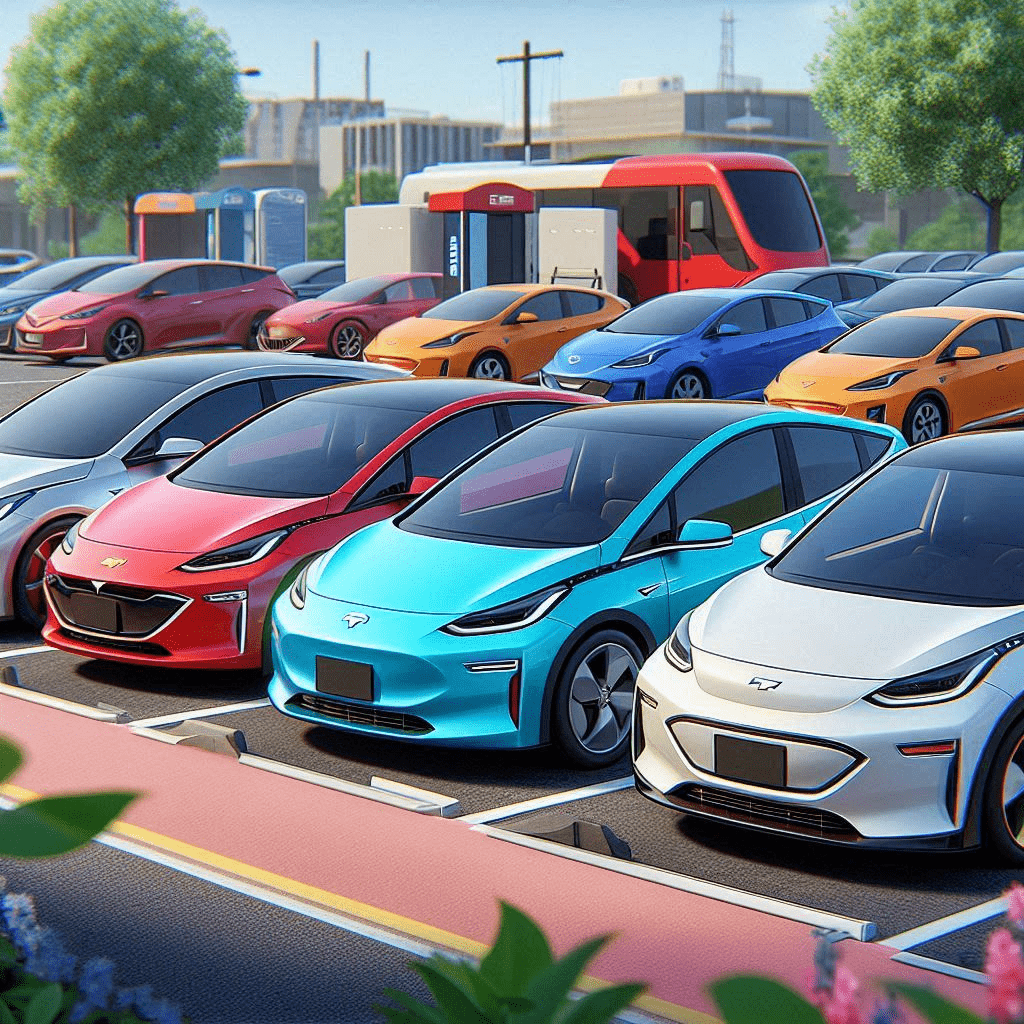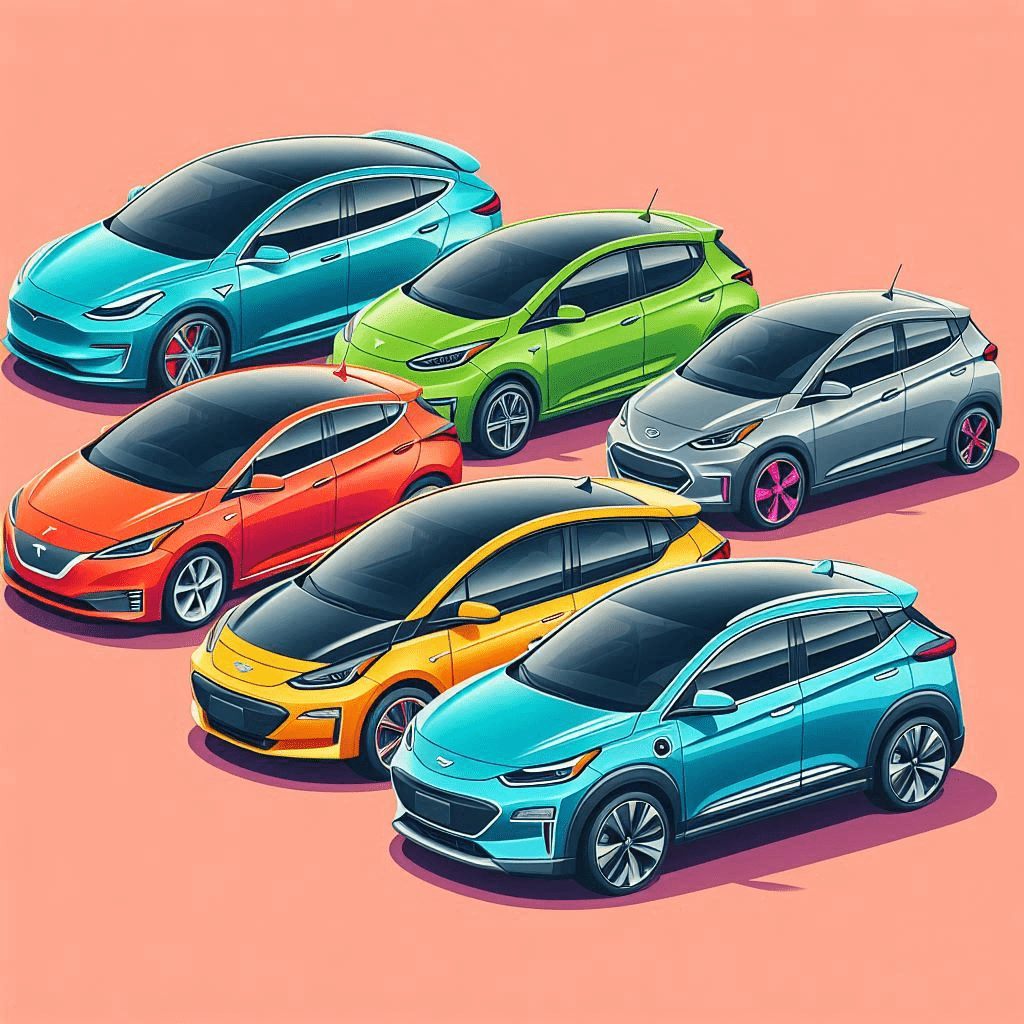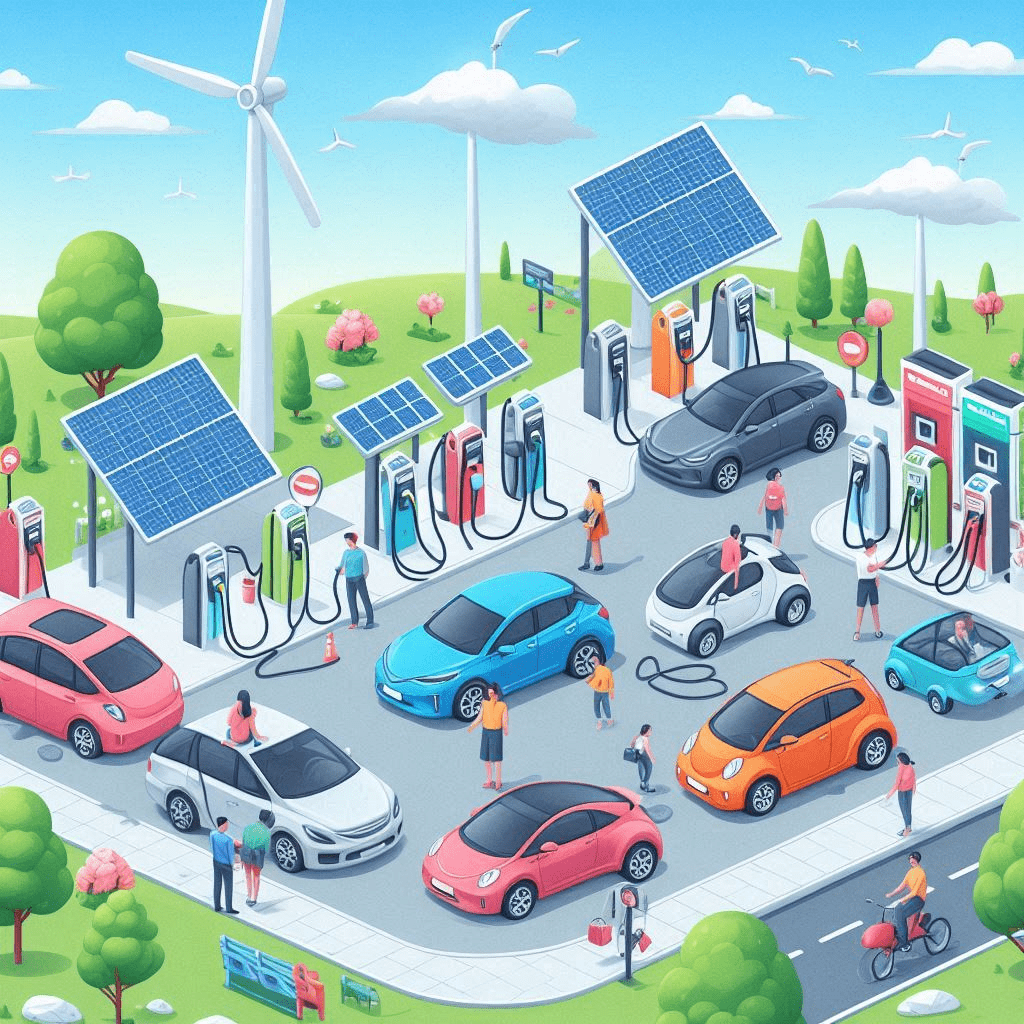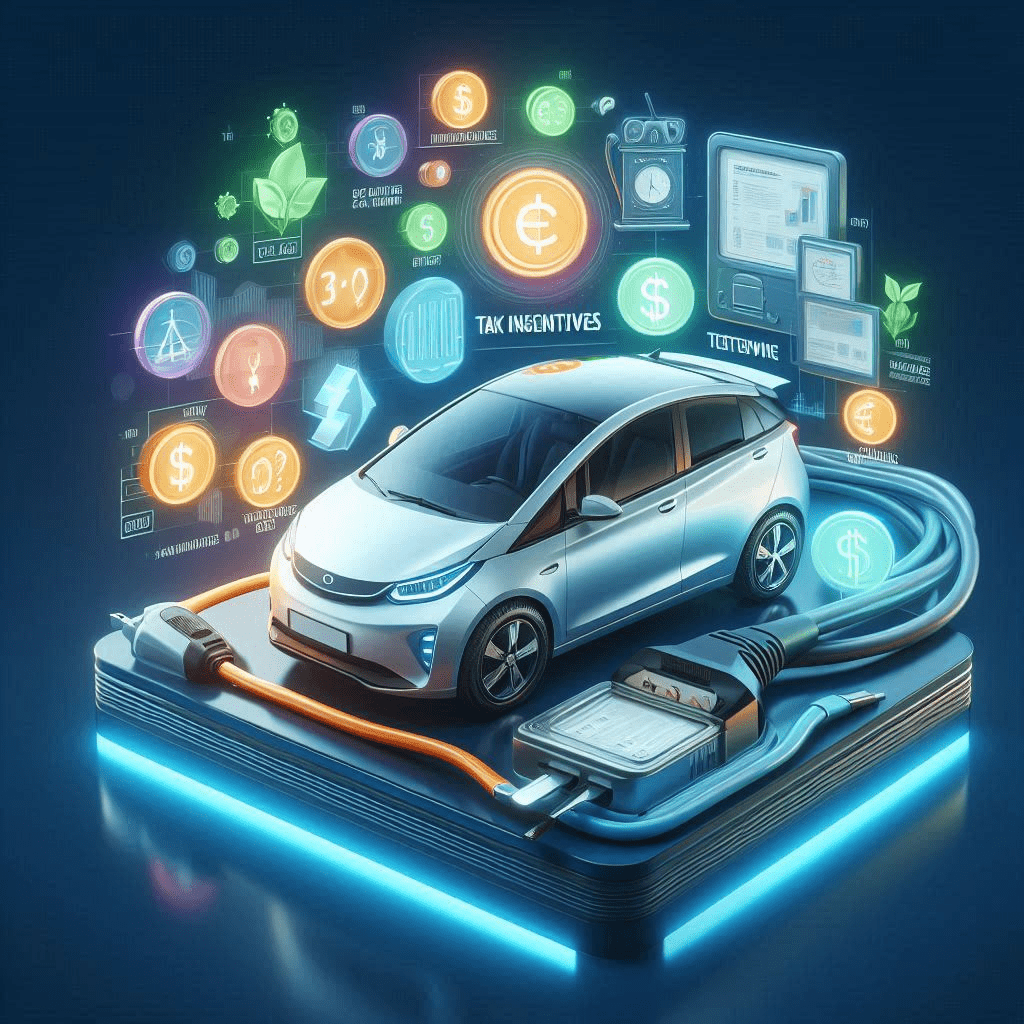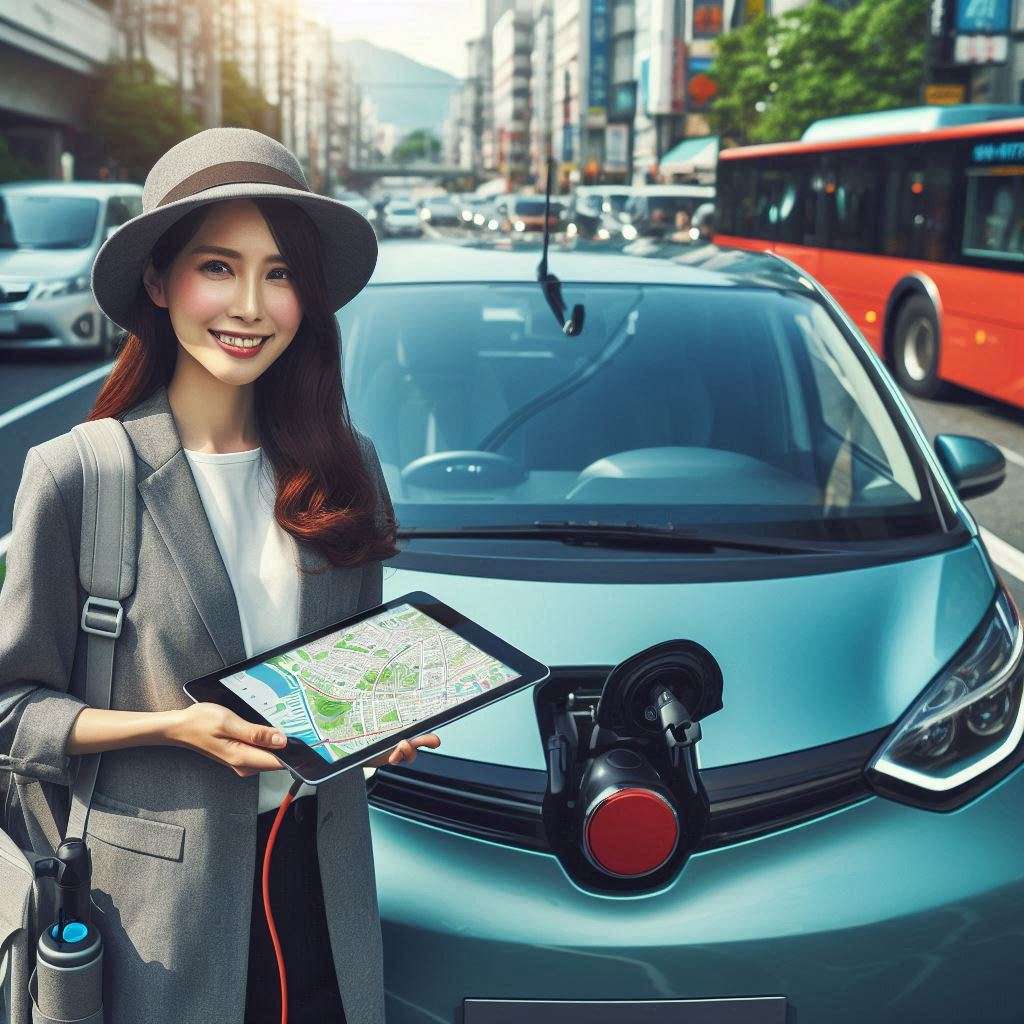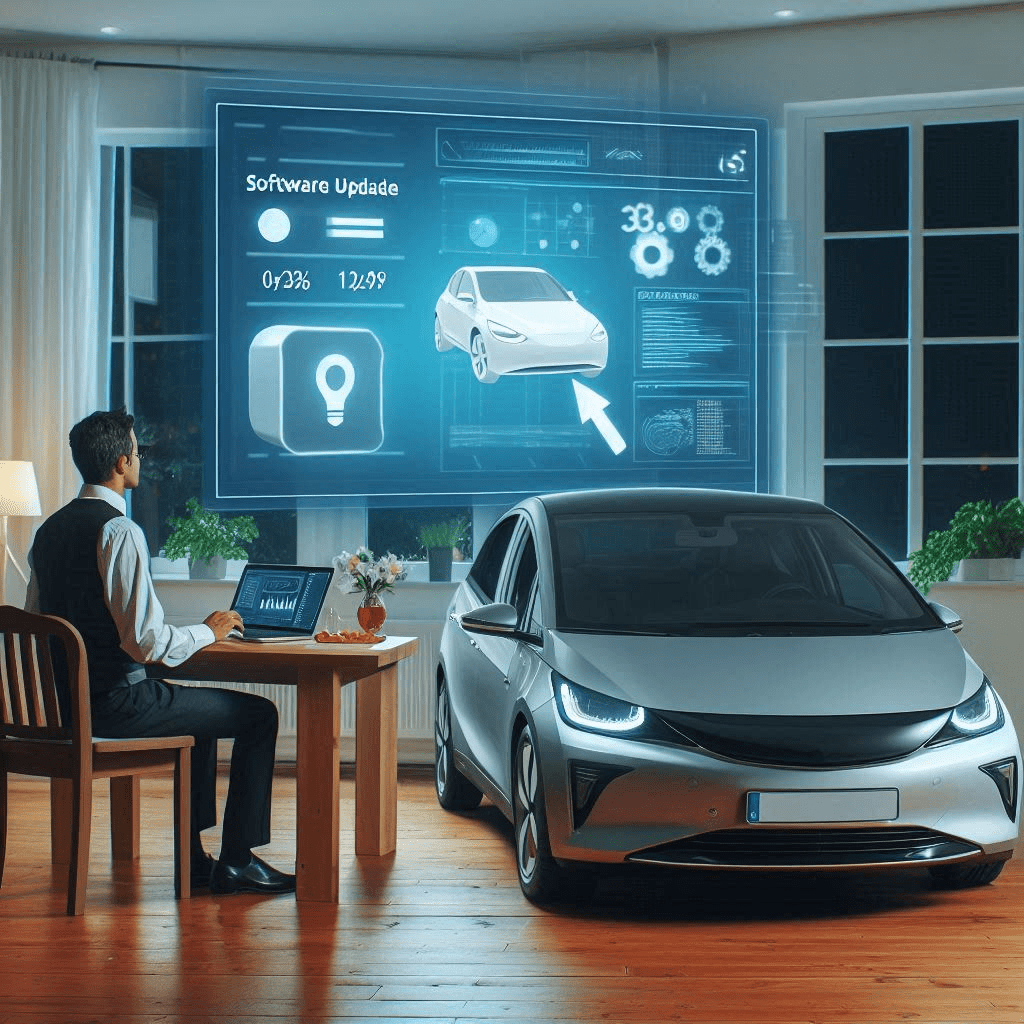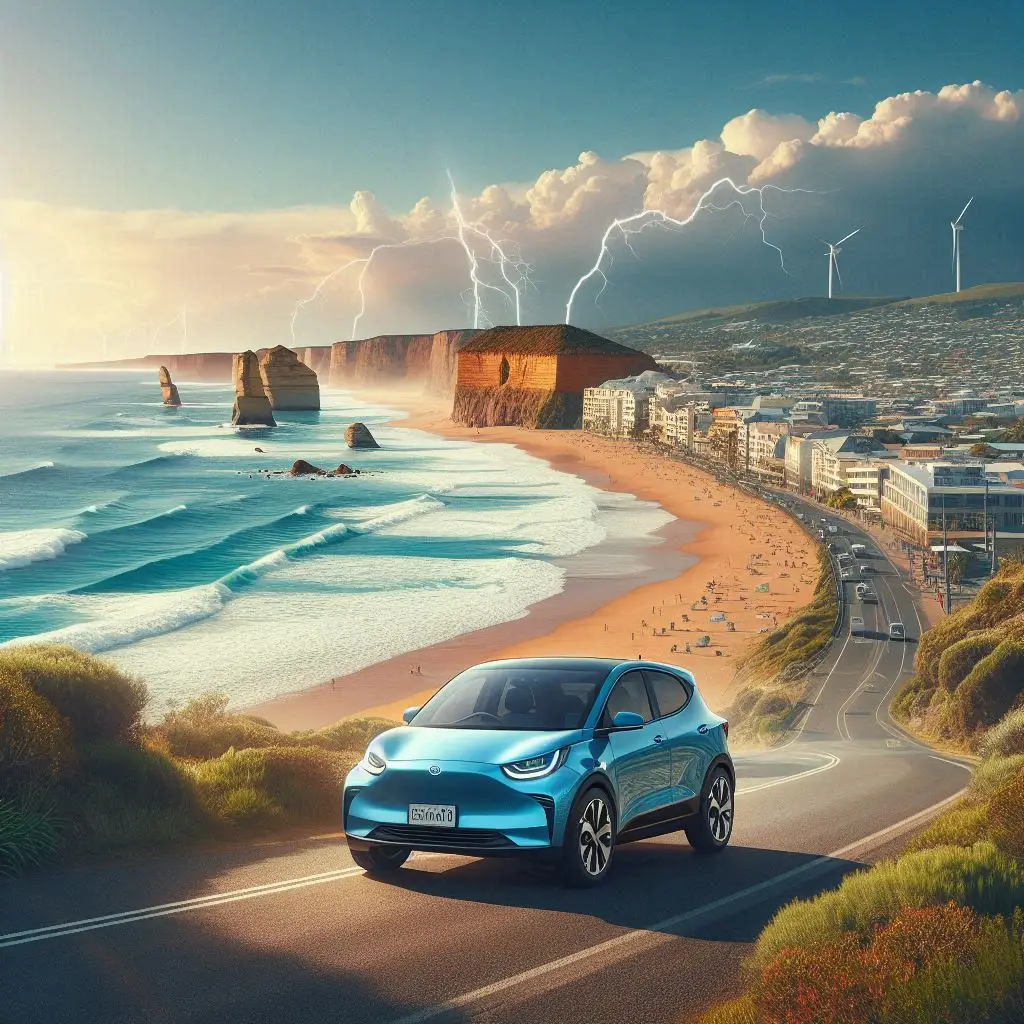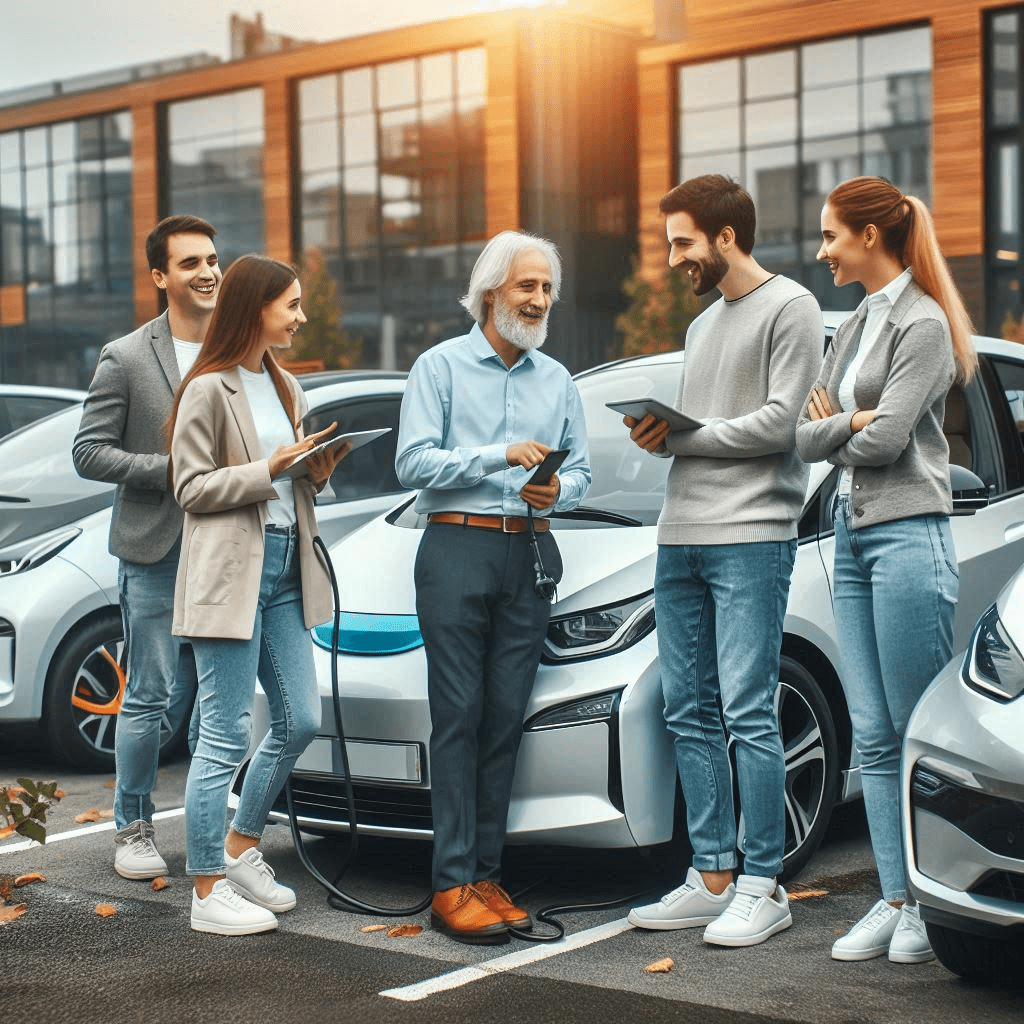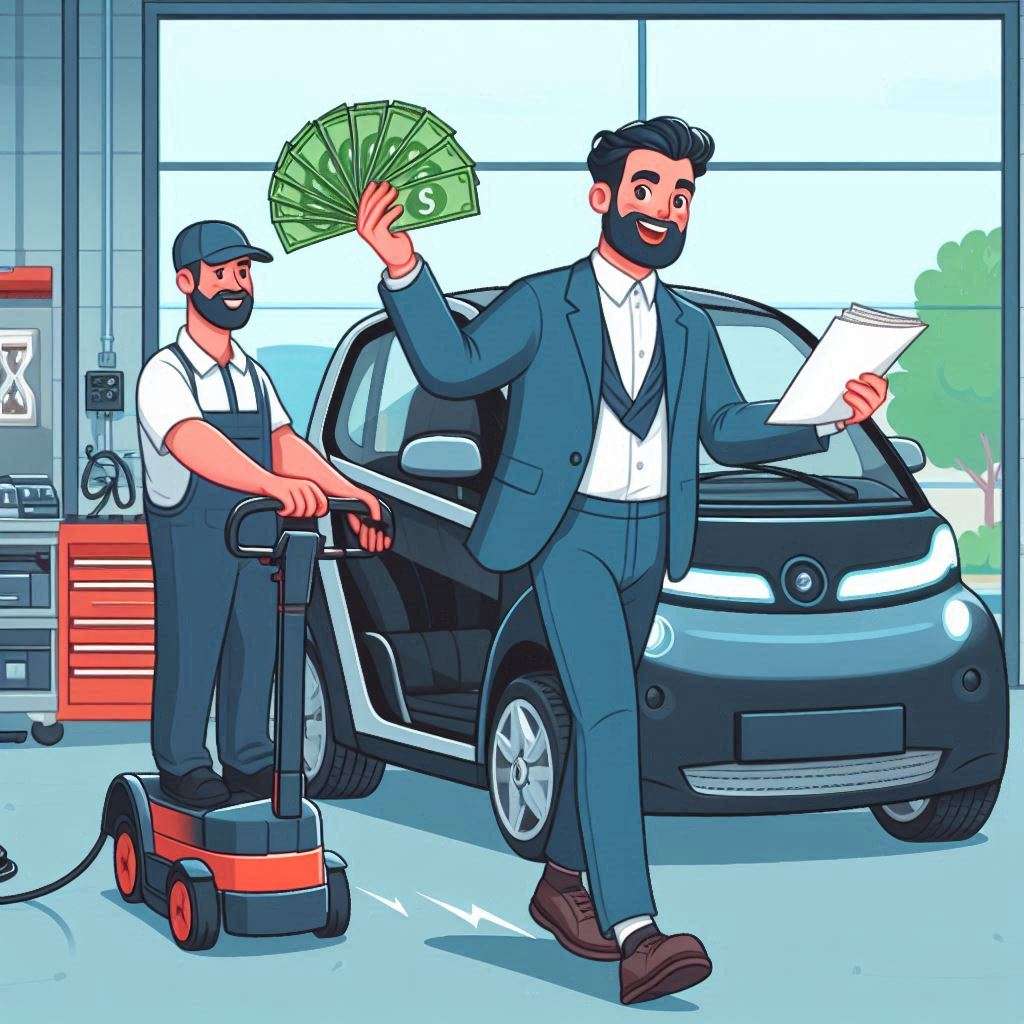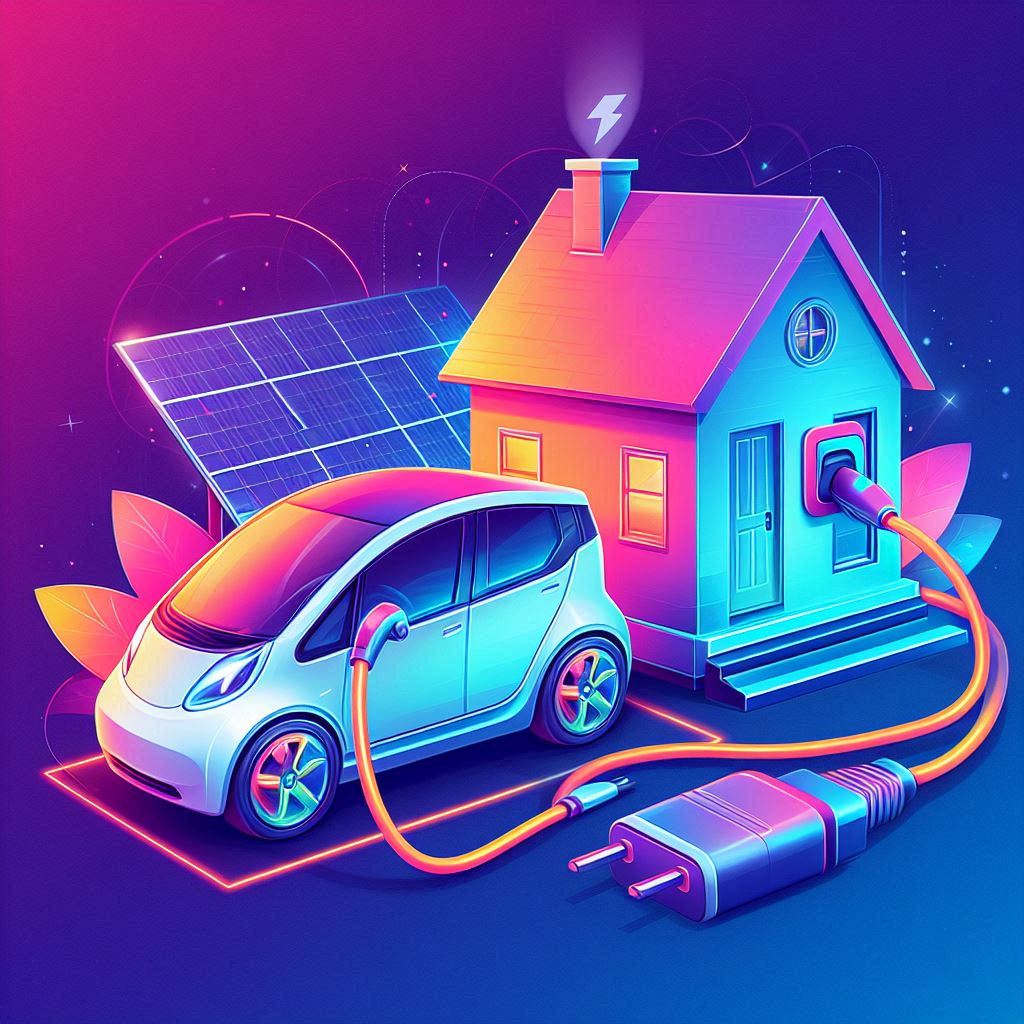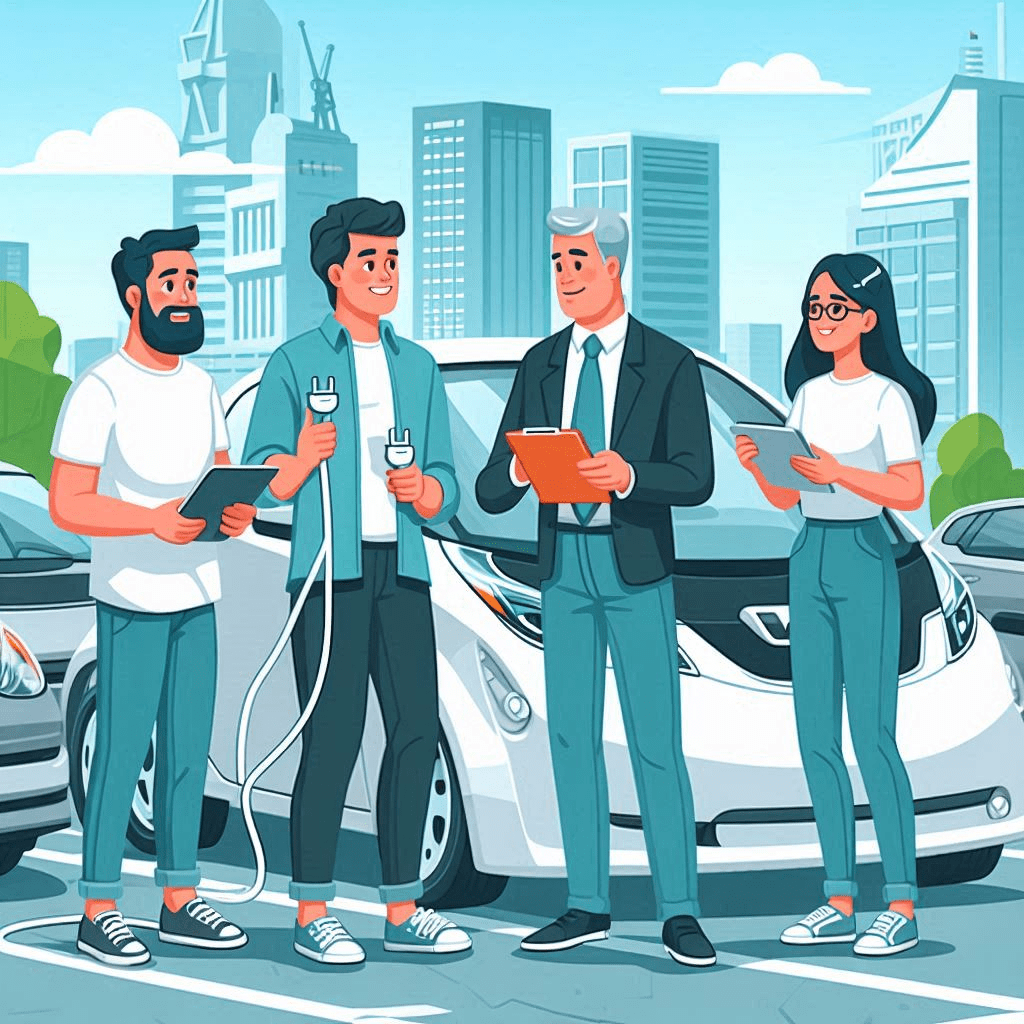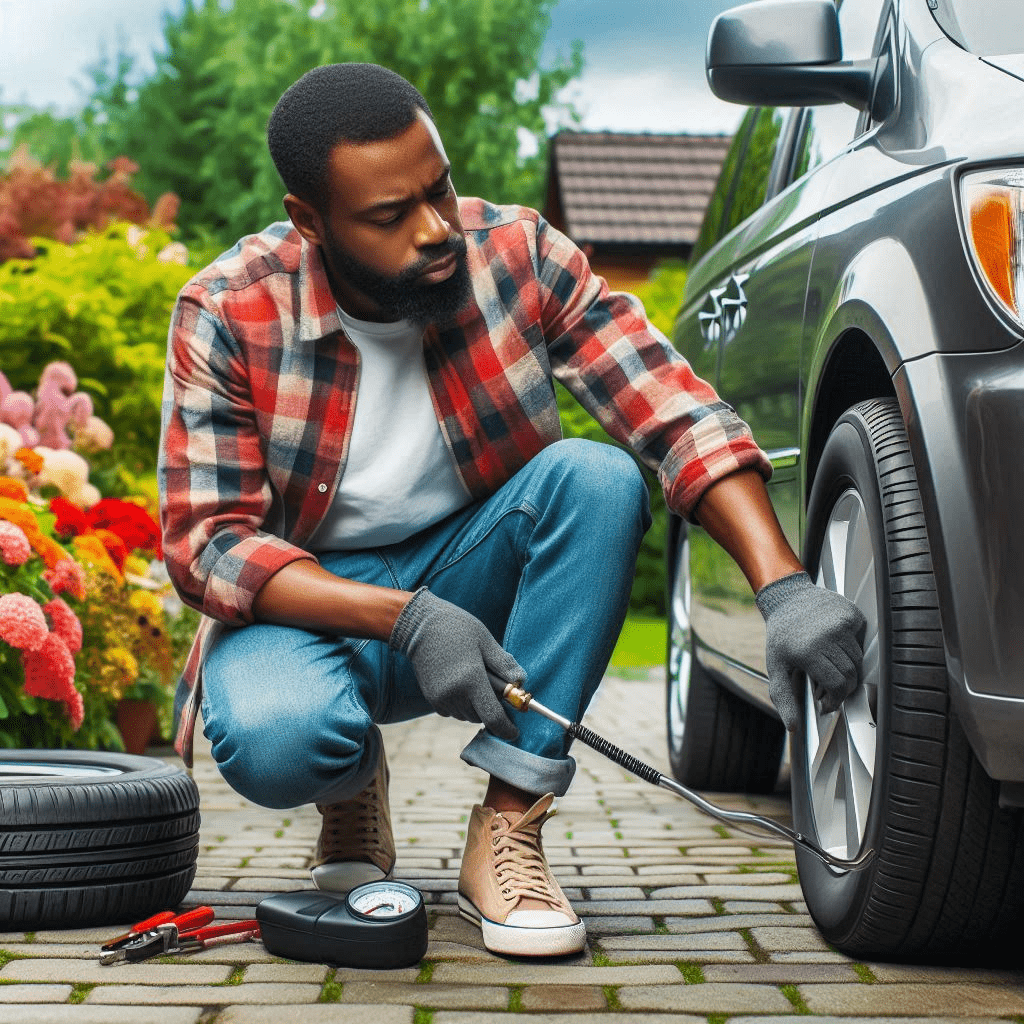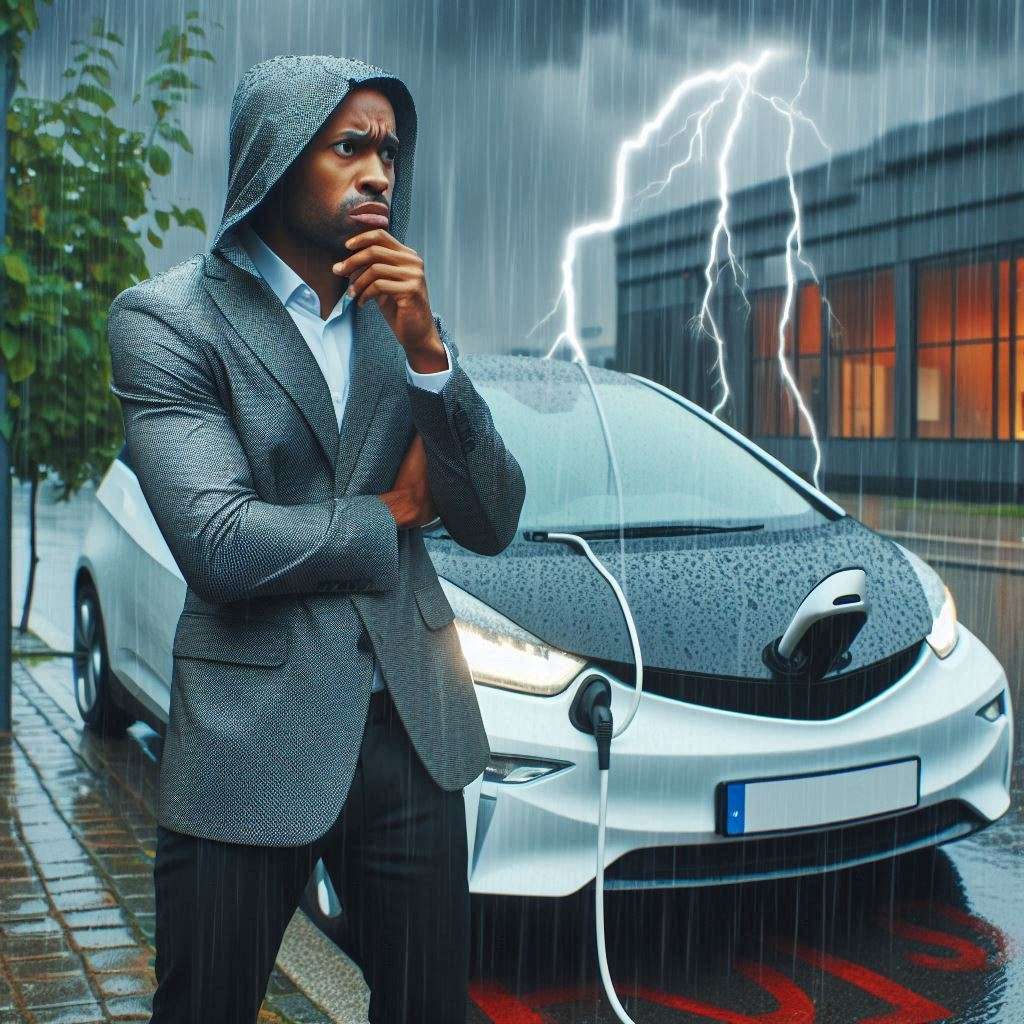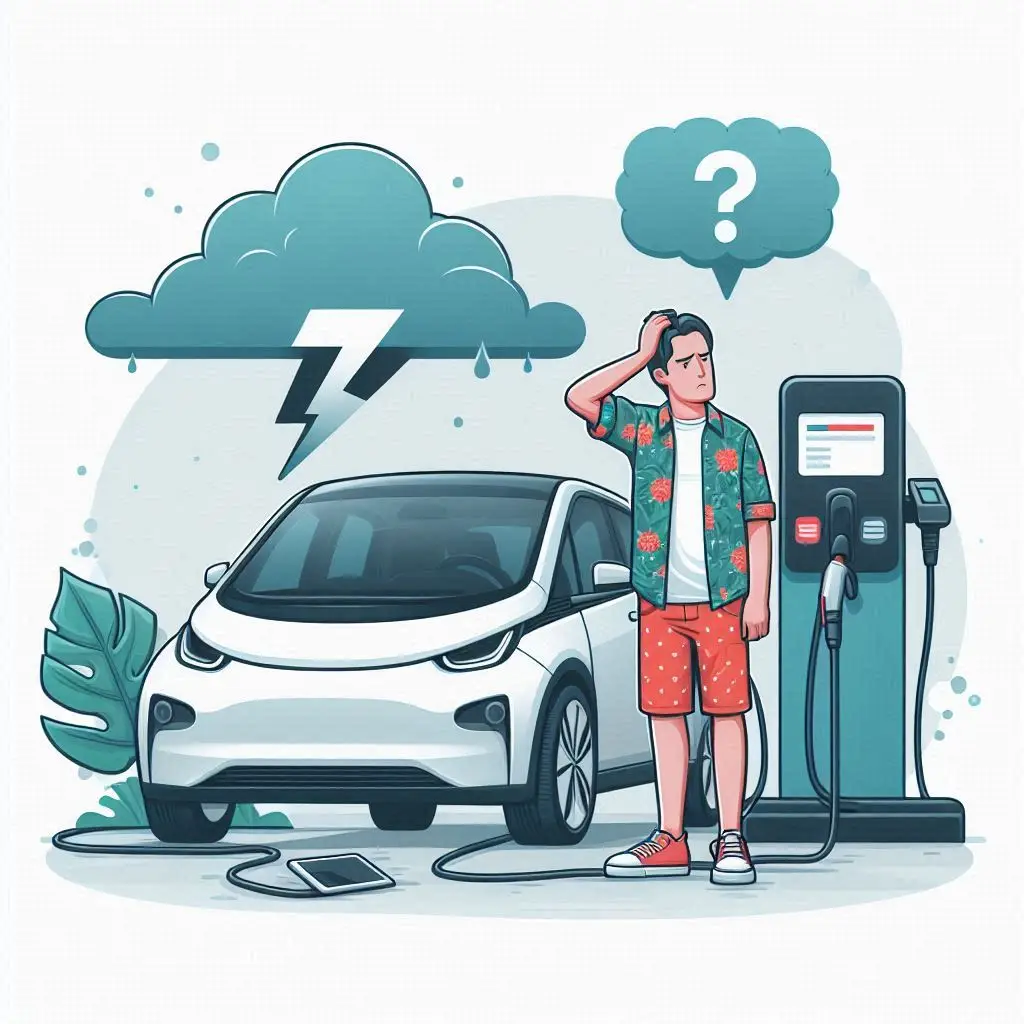Top EV Owner Tips
Most new EV owners find themselves enjoying a rewarding and efficient driving experience, but there are a few new EV owner tips that can help you make the most of your transition. In this article, we’ll share our top EV owner tips to optimise your EV experience, enhancing your vehicle’s performance while saving you time and money.
To paraphrase some well known fictional pirates “they’re more guidelines than rules.”
The most important thing about these tips is they are here to help you enjoy your new car. I’m certainly enjoying driving mine.
If you’re not sure you can afford an EV, check out our article Think you can’t afford an EV? Think again!
Choose the Right Model Electric Car
While selecting an electric vehicle , it’s crucial to choose the model that best suits your lifestyle and requirements. With the growing variety of EV options available, understanding your preferences and needs can help ensure a smooth transition to electric driving. It’s no longer a matter of buying a Tesla, because it’s the only option, and accepting what they offer. Today there are so many options on the market, there’s something for everyone.
Evaluate Driving Habits
Evaluate your daily driving routines and frequency of longer trips. Consider how often you commute, the types of journeys you undertake, and whether you drive predominantly in the city or on highways. Knowing your habits will guide you towards the most suitable EV model.
Consider Range Needs
Any prospective EV owner should seriously consider their range needs. The driving range of an electric car is a key factor that influences your choice. Depending on your daily commute and travel patterns, you may require a model that can cover longer distances on a single charge.
You may not need massive range, particularly if this vehicle is a local run-around or daily commute car. Trickle charging a short range, cheap EV every night might be all you need. Light commecial vehicles with a range of 250km and overnight charging are likely all that’s needed for most businesses that need a run-around. If you’re after light commercials, check out my post on a South Australian company revitalising the auto industry in Australia.
You can find models with various ranges, from those suitable for short city commutes to those designed for long road trips. Take into account your typical driving distance and any planned long journeys. Additionally, think about access to charging stations and charging time, as these will also affect your daily usability. Understanding your range needs ensures you select a vehicle that meets your lifestyle and prevents the anxiety of running out of battery during your travels.
Understand Charging Options
It’s crucial to understand the various charging options available for your electric car so you can maximise convenience and efficiency.
Home Charging Station
For many new EV owners, installing a home charging station is the most convenient way to recharge your vehicle. This allows you to charge your EV overnight, ensuring it’s ready to go in the morning without the hassle of searching for charging stations during the day.
Some people may find the supplied trickle charger provides enough charge for their daily needs overnight. They don’t need anything more than a standard power point for this. This can of course be augmented by the occasional publich charge top up for longer drives. I know many people have relied on this method for many months or even years, with no plans to change.
Public Charging Networks
If you frequently travel or don’t have access to a home charging station, public charging networks become important. These networks provide a variety of charging locations, including fast chargers, to help you maintain your EV’s battery life during longer trips.
To find public charging stations, you can use various apps that map out charging locations, often showing real-time availability, charging speeds, and payment options. Many of these networks also offer membership plans that can lower your charging costs. Familiarising yourself with these networks will ensure you never find yourself stranded without a charge and help you plan your trips effectively.
If you live in an apartment block where you can’t access home charging, although it’s becoming a little easier these days, then you’ll need to find a convenient charging option. For me, in the first few months of ownership, I didn’t have my home charging setup. I found a public chrger that was near to my daughter’s dance school and a shopping centre. I was able to drop her to dance, walk over to do some shopping and return to a charged up car 20 to 30 minutes later. I found other options near shopping centres, where I could charge wile shopping, or other activities.
Learn about incentives
Incentives may not be your key motivator for buying an EV, but they certainly should not be ignored. By finding out about these programs, you can maximise your savings and enjoy the advantages that come with driving an EV. Incentives might be worth thousands to you in rebates, tax credits or other benefits depending on where you live and what’s available at the time.
Tax credits available
If you purchase a qualifying electric car, you may be eligible for tax credits that can significantly reduce your tax liability. These credits can vary, so be sure to research the current amounts and qualifications to make the most of this financial incentive.
Local rebates offered
The potential for local rebates is another great incentive for EV owners that can further enhance your savings. Many states offer financial incentives for EV purchases, including cash rebates, loyalty bonuses, and credits for installing home charging stations and/or solar.
Incentives can vary by location, so it’s crucial to check with your local government or power providers to understand what offerings are available in your area. Some regions may have special programs that provide additional funding for low-income households or incentives to encourage community-wide EV adoption. Staying informed about these local rebates can significantly lower your overall expenses and enhance your EV ownership experience.
Monitor Battery Health
This might sound complex, but it’s really quite simple.
Check Battery Performance
Regularly servicing your vehicle will probably be enough, but keeping an eye on your EV’s software or dashboard readouts is useful. Check the state of charge, total capacity, and any reported faults. Just like your old ICE car, by tracking performance trends over time, you can catch deviations early, preventing more serious problems down the line.
Optimise Charging Practices
Check your charging habits to ensure they align with best practices for battery health. Avoid charging to 100% frequently and instead aim for a range between 40% and 80%. This practice can enhance battery lifespan and maintain its capacity. Consider utilising slower charging overnight, which can reduce heat and stress on the battery.
Always using DC fast chargers isn’t optimal, as it increases battery stress. DC charging is fine, but the more you can rely on slow, steady overnight AC charging, the better ir is for your battery.
Be mindful of environmental factors, such as temperature extremes, which can affect battery performance. By being proactive in optimising your charging habits, you ensure a smoother, more reliable experience with your EV.
Further more detailed information on charging can be found here:
Plan Long Trips
To ensure a smooth journey, it’s handy to plan your long trips ahead of time. Range anxiety can be a concern for new EV owners, but with a little planning, you can enjoy your journey without the stress of running low on battery. Taking a few moments to outline your route, charging stops, and estimated charging times will make your trips far more enjoyable and convenient.
My first EV road trips were terrifying, as I was so worried about chargers. I set myself a goal of never arriving anywhere at less than 40% and planned very carefully. By the second day of my first big EV trip (it was an 11 day trip from Sydney, through Tasmania and back), I was far less concerned. I’d dropped my minimum arrival to 30% and was really comfortable that I had plenty of battery to get to an alternative if something went wrong. When things have gone wrong (e.g. Tesla shut down their chargers in Yass for an upgrade on me one day and I pulled in with 30% battery left to find it all fenced off), having that 30% buffer in the battery has helped. It’s not much different to having 1/4 of a tank left in an ICE car. As chargers become more common, the buffer can be lowered, but for now I recommend 30%.
Use Route Planners
One of the best tools at your disposal is an EV-specific route planner. These tools consider the charging infrastructure along your journey and can recommend optimal stops to minimise stopping time. Once you input your destination, these apps can help ensure you will have access to charging stations without straying from your planned route.
Two of the most common route planners are ABRP and Plugchare. I consider these apps essential for any EV owner. Download them both, try them out and become familiar withn them. You’ll thank me later.
Locate Charging Stations
Even with the help of route planners, it’s crucial to familiarise yourself with the locations of charging stations along your intended path. This information allows you to create a backup plan in case your primary charging station is unavailable.
Charging stations can vary significantly in availability and charging speed, so know your options. Use apps or websites to find reliable charging networks and check user reviews for insights on station reliability. Additionally, consider charging stations offered by various providers to enhance your flexibility while traveling. By taking the time to locate charging stations, you can alleviate concerns over battery life and ensure a more enjoyable road trip experience.
Cables and Chargers
Never leave home without your Type 2 Charge cable and a granny charger (sometimes called a trickle charger). This opens up more charging options. Sometimes you can get free electricity on a Type 2 charger, but they often require you to supply the cable. The granny charger can be plugged in to a standard wall outlet. I’ve done this at AirBnB or campsites to get some charge overnight while I sleep. If you can get accomodation with a Type 2 charger, then definitely consider it as part of your booking. I’ve put links to the Type 2 cable and Granny charger I use at the bottom of this post if you want to purchase them from Amazon like I did.
Stay informed on updates
For a smooth ownership experience, staying informed about your electric car is crucial. Regularly updating your knowledge can enhance performance, safety, and the overall driving experience. Make it a habit to check for updates and trends in the EV landscape, ensuring you maximize your investment.
Software updates regularly
Regularly check for software updates to take advantage of the latest features and improvements. Your EV manufacturer may release updates that enhance battery performance, improve infotainment systems, or even fix bugs. Keeping your software up to date ensures that your vehicle performs at its best and benefits from enhanced functionalities.
Industry news tracking
Tracking industry news is important for staying ahead of trends and innovations in the electric vehicle market. This helps you understand changes in technology, regulations, and incentives that may affect your ownership experience.
To effectively track industry news, subscribe to reliable automotive news sources, join online forums, or follow influential figures in the EV community. By engaging with these resources, you remain well-informed about developments that could impact your EV, such as advances in charging infrastructure or changes in government policies. This knowledge empowers you to make informed decisions about your vehicle and anticipate future enhancements.
Explore Eco-Driving Techniques to improve range
A great EV owner tip is adopting eco-driving techniques. Maximising efficiency and enhancing your overall experience. By understanding and implementing these techniques, you will not only extend your vehicle’s range but also contribute to sustainable driving practices that benefit the environment. And don’t assume this takes all the fun out of driving. Some of these tips will actually be fun, and can improve safety as well.
Use Regenerative Braking
On your EV journey, taking advantage of regenerative braking can significantly increase your vehicle’s efficiency. This feature allows your car to convert kinetic energy back into battery power when you decelerate, helping to recharge your battery while you drive. Going downhill, or using adaptive cruise control are both big opportunities to regenerate energy. These aren’t the only times though. Your brake pads will last a lot longer as well, because you’re using the engine to produce power instead of using your brakes to create heat and dust.
Maintain Steady Speeds
Editor’s note: Personally, I’m hopeless at this one, but on the occasions when I do pratice this, it significantly decreases my electricity consumption. I just can’t help myself. If I’m first at the lights, I take advantage of my EV’s torque and acceleration, but that’s my choice and nothing against my EV.
Now that you’re driving electric, maintaining steady speeds can optimise your vehicle’s performance. Rapid acceleration and frequent speed changes consume more energy, leading to reduced range. By maintaining a consistent speed, you can help your EV operate more efficiently, enhancing its energy use.
On the highway, use the cruise control to help maintain a steady speed. Unlike a petrol car, the cruise control can be extremely accurate, to within one or two km/h, instead of the four or five commonly experienced with a petrol engine. And no more of those runaways downhill, instead the regenerative braking kicks in to charge the battery.
Engage with EV Community
Now that you are, or about to be, a proud EV owner, connecting with the electric vehicle community can enhance your experience significantly. By engaging with others who share your passion, you’ll gain valuable insights, advice, and camaraderie that can make your journey smoother and more enjoyable.
Join Online Forums
An excellent way to engage with the EV community is to join online forums. These platforms offer a wealth of information where you can ask questions, share experiences, and learn from other EV owners. Whether you’re seeking advice on maintenance tips or the best charging stations, online forums are a fantastic resource. Facebook is teaming with EV enthusiasts, owners clubs and EV forums.
Asking on the forums is one of the best ways to find out if something is wrong with your car, or if you’re just doing something wrong. You can often do it anonymously as well if you’re a bit shy.
Attend Local Meetups
Community gatherings provide a unique opportunity to connect with fellow EV enthusiasts in person. These events often showcase the latest technology, offer workshops on best practices, and serve as a great place to swap stories and tips. By attending local meetups, you can expand your network, discover local resources, and contribute to the growth of the EV movement in your area. They’re not for everyone though and by no means required attendance.
Chat at the Charger
I’m an active member of the Kia EV Owners Club of Australia KEVOCA
Owners groups are very useful for finding out about your own vehicle and the experienced of fellow drivers. I plan on researching other owners groups and providing links as I find them.
Familiarise with maintenance needs
All EVs come with unique maintenance requirements that differ significantly from conventional vehicles. EVs require far less maintenance than traditional ICE cars, but that doesn’t mean you can ignore it. Often it’s software updates, but crucially you need to have all those mechanical things like wheels/tyres, brakes and coolants checked. Understanding these needs will help you keep your EV in optimal condition while maximising its longevity and performance. Not to mention making sure your warranty isn’t voided.
Regular checks recommended
It’s recommended to follow the manufacturer’s guidelines for inspections and necessary upkeep. This will catch any issues early and extend the life of your EV. Performing regular checks on crucial components such as the battery, brakes, and tyre pressure is just as important on an EV. Keep an eye on your battery’s health, as this will directly impact your vehicle’s performance and range in the long run.
Low maintenance advantages
Compared to traditional cars, an electric vehicle offers a range of low maintenance advantages. The absence of complex mechanical systems, such as multi-speed transmissions and internal combustion engines, means there’s less that can go wrong. Additionally, EVs generally require fewer fluid changes and have fewer moving parts, which leads to reduced wear and tear over time.
Maintenance for electric cars is typically easier and less frequent, saving you time and money. For instance, you won’t need to worry about oil changes or exhaust system repairs. Additionally, regenerative braking systems in EVs can help prolong brake life since they utilize the electric motor to slow down the car, further reducing wear on traditional brake components. By recognizing these advantages and staying proactive with regular checks, you can keep your EV running at it’s best with minimal hassle.
Check for Recalls
Stay informed about any recalls issued by the manufacturer. Regularly checking for recalls helps ensure your vehicle’s safety and performance. You can easily do this by visiting the manufacturer’s website. Watching the forums on social media and checking your letterbox are also handy for this. Believe it or not recalls MUST be sent by mail in many jurisdcictions, so getting a letter in the mail might be on the cards if there’s a recall.
Schedule Annual Inspections
Check your EV’s performance and safety features at the service intervals. Many states require periodic inspections for all vehicles, including EVs, to ensure they meet safety standards.
The annual inspection generally involves a comprehensive check of your vehicle’s systems, including brakes, tyres, lights, and other iimportant components. Additionally, some EVs have specialized systems for battery and electrical health, which should be evaluated by a qualified technician. This proactive maintenance ensures your vehicle runs smoothly and catches potential issues before they become costly problems.
Optimise Energy Consumption
By implementing a few simple strategies, you can extend your vehicle’s battery life and ensure a smoother, more enjoyable driving experience. You may choose to ignore these tips if you’re just running around town or on your daily commute. I often do as I figure I can recharge cheaply and easily overnight. Generally speaking, I don’t really care about these energy saving tips. When I’m down to 20% battery, 700km from home, and the last two chargers I’ve visited are out of commission, it’s a different story though. These tips can mean the difference between making it to the next functioning charger or calling roadside assistance.
Limit Heavy Accessories
This one I do try to stick to. It’s no different to driving a fossil fuel car. Heavy accessories can significantly affect your vehicle’s energy consumption. When possible, avoid adding unnecessary weight to your EV, as this can drain your battery more quickly and reduce your overall range. Be mindful of any equipment or add-ons that you might not need for your daily drive. Items like roof racks can also induce more drag, so I only fit these when needed.
Utilise Climate Control Wisely
Optimise your climate control settings to maintain comfort while conserving energy. Many EVs come equipped with energy-saving features such as pre-conditioning, which can warm or cool your car while it’s still plugged in. This way, the battery doesn’t have to work as hard to regulate the temperature while you’re driving. Getting your AC or heating going while plugged in to the charger, then dialling it back for the trip is a handy trick when on a road trip.
Utilise these features to your advantage by planning trips where charging is available, allowing you to adjust the climate control system effectively without sacrificing range. In colder weather, consider using seat warmers instead of the cabin heater, as this can provide comfort with less energy consumption. Managing climate control thoughtfully can lead to significant savings on your battery life. My car has a “driver only” mode which keeps me comfortable without trying to cool the whole cabin. I can also dial things back to level 1 on the climate control to save energy, or pump it up to level 3 if I want the extra comfort and I know my next charger is guaranteed. I usuaully ignore these precautions on my daily commute though, knowing I’m getting home with plenty of battery to spare and cheap electricity overnight. I still manage to keep my electricity bill for my car below $25 a month though. Electric charging at home is so much easier and cheaper, so don’t unnecessarily charge on the way home.
Set Charging Schedule
Despite the convenience of charging your electric car at any time, establishing a regular charging schedule can enhance your efficiency and really improve cost savings. You’ll want to consider factors such as your daily routines, energy rates, and battery performance when determining the best times to charge your EV.
Off-peak Hours Preferred
Even though it may be tempting to plug in your EV whenever it’s convenient, charging during off-peak hours is often the most economical choice. Many utility companies offer lower rates for electricity used during late-night or early-morning hours. By scheduling your charging around these times, you can save money on your monthly energy bill.
You defninitely don’t want to be charging your EV on evening peak rates if you’re on one of those time of use plans that jacks your rate up to double your day rate and up to eight or nine times the lowest rates. This would cost about the same as charging on an ultra-fast charger.
Automatic Charging Options
To further streamline your charging process, consider utilizing automatic charging options available in many EV models. These settings allow your vehicle to charge during designated times without any manual intervention on your part.
Automated charging typically involves setting a specific time for when your EV should start charging, often synchronized with off-peak hours. You can also use smartphone apps provided by manufacturers or charging networks to remotely monitor and manage your charging schedule.
Some smart home systems can be integrated with your EV, allowing you to optimise energy use based on real-time rates, ensuring that you maximize savings while keeping your EV ready for the road. I use one of these to turn my charger on at midnight and off again at 6am. This coincides with my lowest time of use charge rate of 8c per kWh. Of course I can choose to override this and charge any time I want, but having this default saves me heaps.
Educate Family and Friends
Not only will you enjoy your EV more, but sharing your knowledge can also help demystify electric vehicles for your loved ones. By taking the time to talk with them, you can foster a better understanding and appreciation for sustainable transportation.
Share Your Experiences
While driving your EV, you’ll likely encounter various unique features, benefits, and even challenges. Sharing your personal experiences can spark curiosity and interest among family and friends, allowing them to see how an electric car can fit into their lives.
Answer Their Questions
Friends and family may have misconceptions about electric vehicles or simply be curious about how they function. You can provide valuable insights to help ease their concerns and clear up any confusion. This open dialogue not only promotes a deeper understanding of EVs but also encourages them to consider making the switch themselves.
You can further enhance the conversation by addressing common questions about charging infrastructure, battery life, and cost savings. Providing firsthand knowledge and concrete examples can effectively demystify the topic and encourage more discussions. Being well-informed not only boosts your credibility but also empowers those around you to explore and appreciate the potential of electric vehicles.
Test drive different models
Experiencing an electric vehicle (EV) firsthand is crucial for making an informed decision. While online research and specifications are helpful, nothing beats the feeling of being behind the wheel. Test driving allows you to assess the comfort, handling, and overall driving experience of various models. Also, during the test drives, consider varying your routes to evaluate how each vehicle performs in different conditions, such as urban driving, highway speeds, and inclines.
Compare features effectively
When comparing different EV models, it’s important to understand the specific features that matter most for your lifestyle.
Understand personal preferences
Some aspects of an EV are subjective and heavily dependent on your personal preferences. Factors such as design aesthetics, driving dynamics, and comfort features can significantly influence your overall satisfaction with the vehicle.
Understand that your preference shapes the attributes you prioritize when selecting an EV. You might place higher importance on aesthetics, desiring a sleek design, or you may focus on technological advancements, favoring cars with advanced connectivity and infotainment systems. Take your time during each test drive to assess how each model feels to you—this includes the seating position, dashboard layout, and noise levels while driving. Ultimately, the best EV for you will align with your unique needs and lifestyle, making the open road more enjoyable.
Use the table below to summarize key attributes:
| Feature | Considerations |
|---|---|
| Range | How far can you drive on a single charge? |
| Charging speed | How quickly can the battery recharge? |
| Interior space | Is there enough room for your passengers and belongings? |
| Safety ratings | What do safety tests reveal about the model? |
| Technology features | Does it have the tech you need, like adaptive cruise control? |
Check Tyre Pressure Regularly
Keep your electric vehicle running smoothly by regularly checking tyre pressure. Properly inflating your tyres ensures optimal performance and efficiency, which is crucial for maximizing your EV’s range.
Optimize Range and Efficiency
Tyre pressure has a direct impact on your EV’s range and efficiency. Maintaining the recommended tyre pressure can help you get the most distance out of each charge, allowing you to enjoy longer journeys without additional energy costs. Personally I find I get a better ride and efficiency a couple of PSI above the manfacturer’s recommended pressure. Check forums for your model to see if there’s a better, more optimal, pressure.
Prevent Tyre Wear Issues
To avoid unnecessary tyre wear, it’s imperative to consistently monitor and maintain appropriate tyre pressure levels. Over-inflated or under-inflated tyres can cause uneven wear, leading to reduced lifespan and performance.
Check your tyre pressure at least once a month, or before long trips, to ensure they are at the manufacturer’s recommended settings. Doing this not only prolongs the life of your tyres but also enhances handling and safety, making your drive more enjoyable. Regular maintenance can save you money in the long run by preventing premature tyre replacements.
You should get the dealer to rotate tyres if necessary during the regular servicing.
Be mindful of weather
This is a great EV owner tip. Understanding how weather conditions affect your vehicle’s performance can enhance your driving experience significantly. Whether it’s the sweltering heat of summer or the bitter chill of winter, the conditions outside can have implications for your car’s efficiency and battery life.
Impact on battery life
Any extreme weather can affect your EV’s battery performance. Cold temperatures can reduce battery capacity, leading to decreased range, while high temperatures can cause the battery to overheat, potentially shortening its lifespan. Being aware of these effects encourages you to manage your charging and usage wisely. The battery management system will look after your battery while you’re driving, but consider where you park. Utilising shade or indoor parking might be a good idea in weather extremes.
Adjust driving accordingly
Driving to the conditions has always been a safety thing. In addition, it can prolong your car’s lifespan and improve efficiency in an EV (it also did this in a petrol car, but nobody ever talked about it, we just put more petrol in, oblivious to how much it was costing us). In particularly cold or hot weather, consider warming up or cooling down your car while it is still plugged in to save battery power while on the road. Additionally, drive at a consistent speed and utilize regenerative braking to extend your range in challenging weather.
It’s also important to plan your trips accordingly. For instance, if you know temperatures will plummet overnight, aim to charge your EV beforehand to ensure your battery maintains optimal performance. By adapting your driving and charging routines to suit the weather, you ensure that your EV remains efficient and responsive, even when Mother Nature throws her worst at you.
Consider Home Solar Options
If this options is available to you, the it’s definitely worth exploring home solar options. Installing solar panels not only allows you to power your EV using renewable energy but also adds value to your home while reducing your carbon footprint. I’ve reduced my home electricity bill by over 65%, even after adding on the additional consumption of charging an EV, by putting solar on my house.
Reduce Charging Costs
Options for integrating solar energy into your home can significantly lower your EV charging costs. By generating your own electricity, you can charge your vehicle during the day when your solar panels are most productive, which can drastically reduce your reliance on grid power and its associated expenses.
Increase Sustainability
Clearly, investing in solar energy enhances your commitment to sustainability. By harnessing the power of the sun, you are taking a proactive step towards reducing greenhouse gas emissions and promoting a cleaner environment.
It’s crucial to understand that when you choose solar, you’re not just making a financial decision; you’re playing a part in a broader movement towards renewable energy. This not only contributes to a more sustainable planet but also inspires others in your community to consider similar environmentally friendly practices.
Learn Charging Etiquette
Understanding and practicing good charging manners can help maintain a supportive community of EV drivers and ensure that everyone gets the most out of their charging sessions. By following a few simple guidelines, you contribute to a positive environment for all EV owners and users.
Don’t charge over 80%
The importance of moving your vehicle promptly after charging cannot be overstated. Once your EV is fully charged, be considerate and free up the charging station for others by moving your vehicle to a parking space. This small act of courtesy can significantly enhance the charging experience for fellow EV drivers.
Be Polite at Stations
When you arrive at a charging station, be courteous while you wait. Don’t try to jump the queue, that’s just outright rude! Respecting the space and time of others reinforces a positive environment among EV users. Not only does this foster kindness, but it also creates a culture of mutual respect, where drivers look out for one another.
Charging stations may sometimes be busy, especially during peak hours, so patience is key. A friendly smile or nod goes a long way in creating goodwill. Remember, we’re all part of the same community, and a little kindness can improve everyone’s experience.
Summing Up
As a new EV owner, it might be a bit overwhelming thinking about all these EV owner tips. Realistically many of them are common sense, and none are particularly hard to understand. Even if you only get a few of them right, you’re definitely better off. Don’t stress about the ‘rules’. Remember the advice of our well known fictional pirates “they’re more guidelines than rules”.
The most important thing is to enjoy your new electric car. So do that. I hope these EV owner tips help you along that path of enjoyment in driving an EV.
This is a great item for when you want to plug in to a regular power point. Whether you're at a camp ground or an AirBnB looking to top up overnight, or at home you can charge up practically anywhere with a power point.
Granny charging isn't fast, but it does get the job done. If you're charging while you sleep, who cares if it takes a while, especially if that electricity is sometimes FREE.
Don't leave home without this item. I've used this charge cable quite a few times. On my Tasmania trip, I was able to get FREE electricity on multiple occasions where a BYO charge cable was required.
There have been several occasions where I'd have been downright stuck without this vital piece of kit, as the only chargers available were BYO cable jobs.

